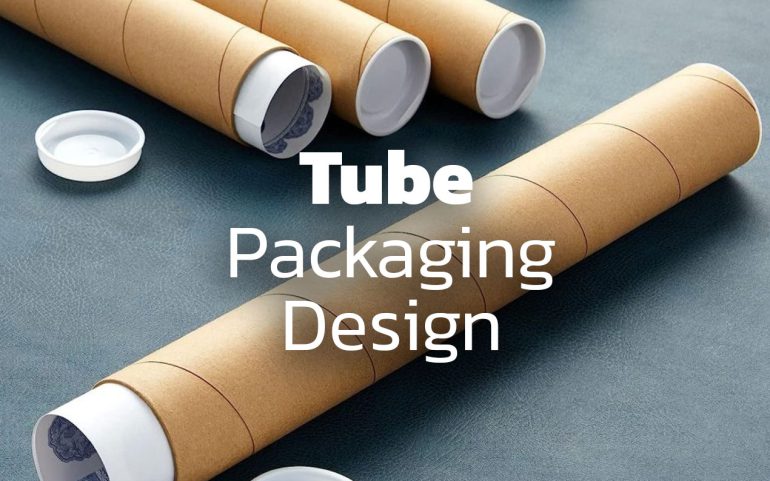What is a tube in packaging?
Tubes are often used for the storage of creams, ointments, gels, and even liquids with a high viscosity. Additionally, it is used for solids because it provides a layer of protection, keeping the contents from breaking while they are transported. Now that plastic Tube packaging rather than aluminum ones are available, there is a greater variety of things that may be contained inside tubes.
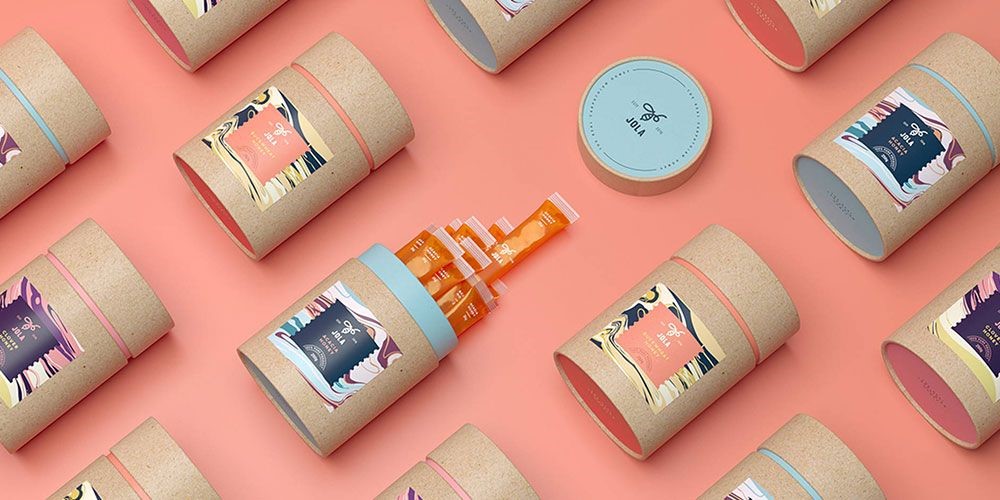
What are the benefit of tube packaging?
When compared to more conventional packaging alternatives like glass jars and plastic bottles, tube packaging provides a number of advantages for consumers. In addition to being practical and adaptable, they are not only inexpensive but also good for the environment and provide protection for the active component.
What is a disadvantage of tube packaging?
Aluminum-plastic composite tubes have various drawbacks as a result of the use of aluminum foil. These drawbacks include an invisible content, poor environmental protection, weak resilience, lower composite strength than all-plastic composite hose, and rapid delamination.
Related Article: Key Steps In Packaging Design Process
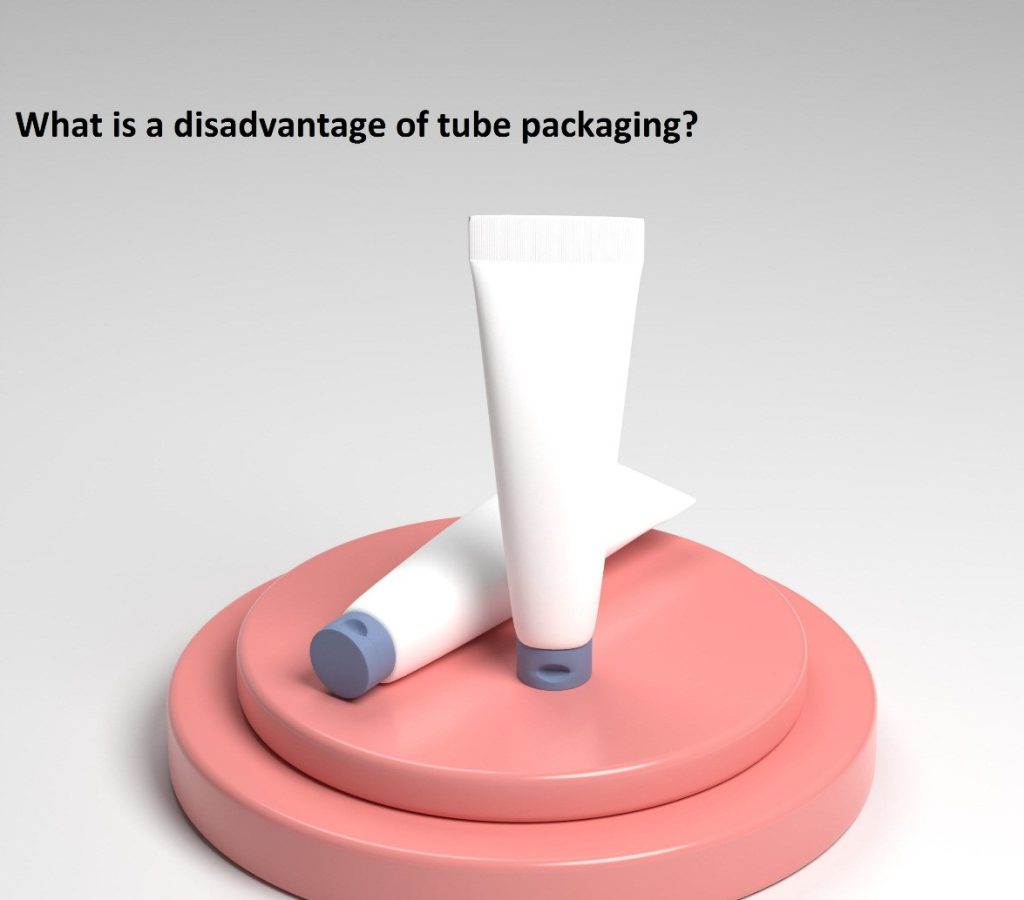
What is tube size?
The following gauges of tubing—10, 11, 12, 13, 14, 16, 18, and 20—are the ones that are requested the most often. This is the pressure gauge for the tube.
How are packaging tube made?
Extrusion is the first step in the manufacturing process that is performed. An extruder hopper receives a resin and colour concentrate combination that has been previously mixed together. To guarantee that the resin is properly melted as it passes through the extruder, the temperature is kept under control at all times.
The material is forced through a series of size dies that are housed within a right angle cross section that is connected to the extruder before being extruded. The sleeve has been water-cooled at this phase, and it is now prepared to be cut.
After being passed through a series of dies, the sleeve is next passed under a spinning knife, which cuts it to the specified length. The remaining steps of the manufacturing process may be completed in one of these three different ways.
Related Article: Packaging Printing; Steps, Methods & Needs
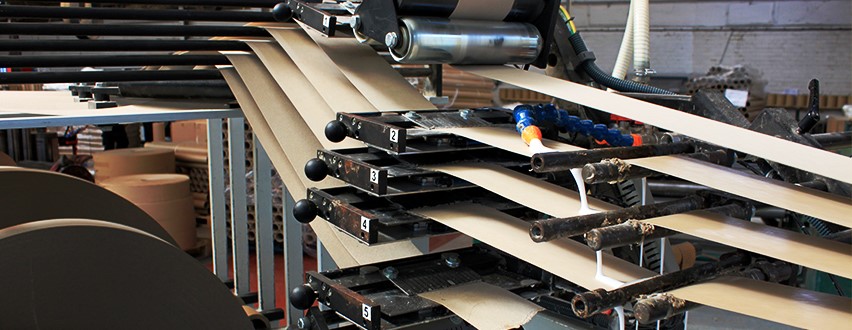
The thickness of a tube
The gauges 10, 11, 12, 13, 14, 16, 18, and 20 are some of the most common that are used for tubes. The tube’s wall thickness is proportional to the gauge number; a lower gauge number indicates a thicker wall. For instance, the internal diameter of a tube with a 10 gauge measures 134 inches.
Material of the packaging tube
A tube is essentially a hollow item that is cylinder-shaped and has a round or oval profile. It may be constructed of plastic, paperboard, aluminum, or another kind of metal.
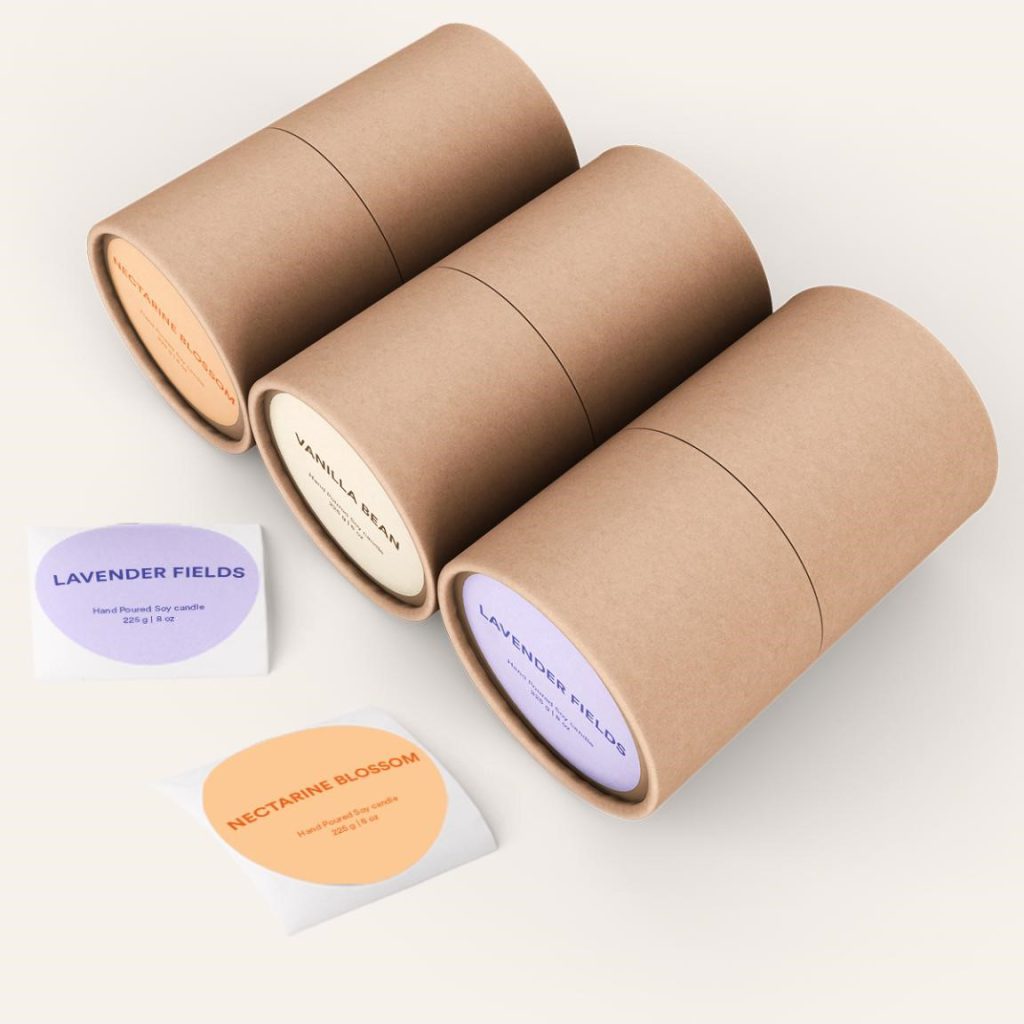
Use of tube packaging
Household products
The level of competition for the attention of consumers continues to rise for both newly released and already established brands of domestic goods and convenience items. Customers swiftly peruse the various selections, both in physical stores and on the internet, in an effort to choose an item that will satisfy their requirements.
Price is a factor that will influence the decision-making process for certain customers. Others are motivated merely by the recognition of their brand names. Nevertheless, when there is doubt, the packaging might be the most important component that influences the decision.
Related Article: Plastic Bottle; The Complete Guide for Packaging Designers

Cosmetics
There are very few businesses in today’s society that place as much importance on packaging as the personal care and cosmetics industries. It is possible for trends to emerge from the unlikeliest of places, and businesses need to be certain that they can rely on the packaging partners they have chosen to make their goods stand out and bring attention to their brand.
Toiletries
It’s definitely safe to say that when it comes to packing liquid toiletries, liquid shampoos and conditioners are the things that cause the most anxiety for female travelers in today’s world (okay, shoes come in a close second).
This encompasses everything, including shampoo, conditioner, body wash, body lotion, facial moisturizer, face cleanser, foundation, sunscreen, hair oil, hair spray, toothpaste, mouthwash, laundry wash, serums, and everything else that may be found in liquid, gel, or paste form.
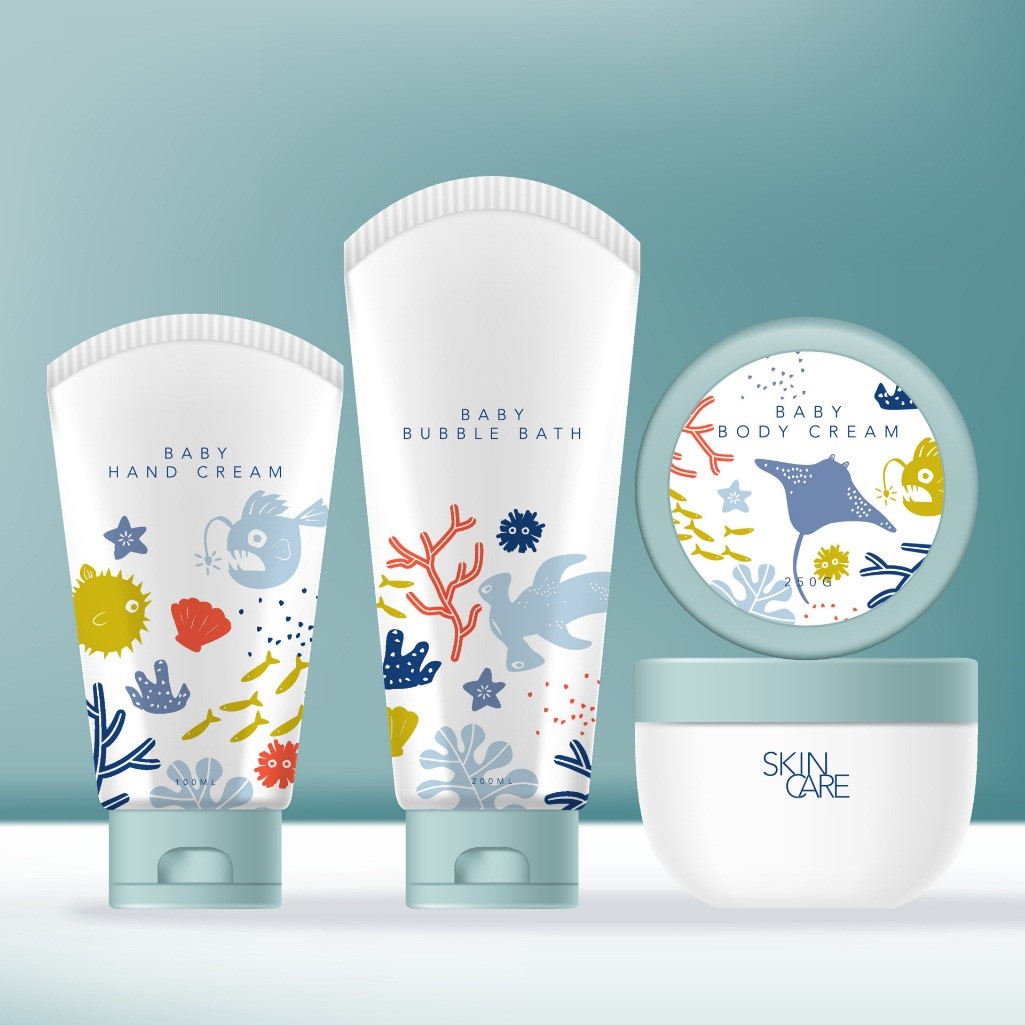
Gifts
It is common knowledge that presenting a product in attractive packaging, such as a gift box, raises consumers’ awareness of the brand, motivates them to make a purchase, and increases the item’s worth. The choice of a tube as the present package produces disturbance on the shelf, and the availability of extra creative alternatives helps the tube to truly stand out, reflect the brand, and interact with the client.
Pharmaceuticals
In addition to the high quality of our work and the individualized service we provide, one of our pillars is environmental responsibility. This demonstrates that your pharmaceutical company can depend on receiving high-quality tube packaging while also making a contribution to a more sustainable future.
To do this, one of the most essential goals is to cut down on CO2 emissions. As a result, we provide pharmaceutical companies and other industries with a wide variety of solutions for effective tube packaging, therefore helping them to lower their overall impact on the environment.
Do you need a manufacturing procedure for tube packing that has a low minimum order quantity? Or do you need a solution that is tailored to your specific needs and completely satisfies them? Regarding Multitudes, this will not be an issue at all.
Food products
For culinary standards and forward-thinking dishes. pertaining to huge packages as well as part packages. Dosing, filling, and packaging liquid or dry food items that vary from low viscosity to paste-like goods, as well as powdered, granular, or chunky products, are all areas in which Optima Consumer can assist you. We are your partners in these areas.
The immense range of foods available is most clearly seen on the shelves of the store. Filling and packing your items must be done in a reliable and exact manner in order to guarantee that they are displayed in the best possible light at the point of sale.
The packaging machines for food that have been created by Optima Consumer have been designed specifically with this goal in mind. Your needs are thoroughly analyzed, and we execute them in the most effective way possible.
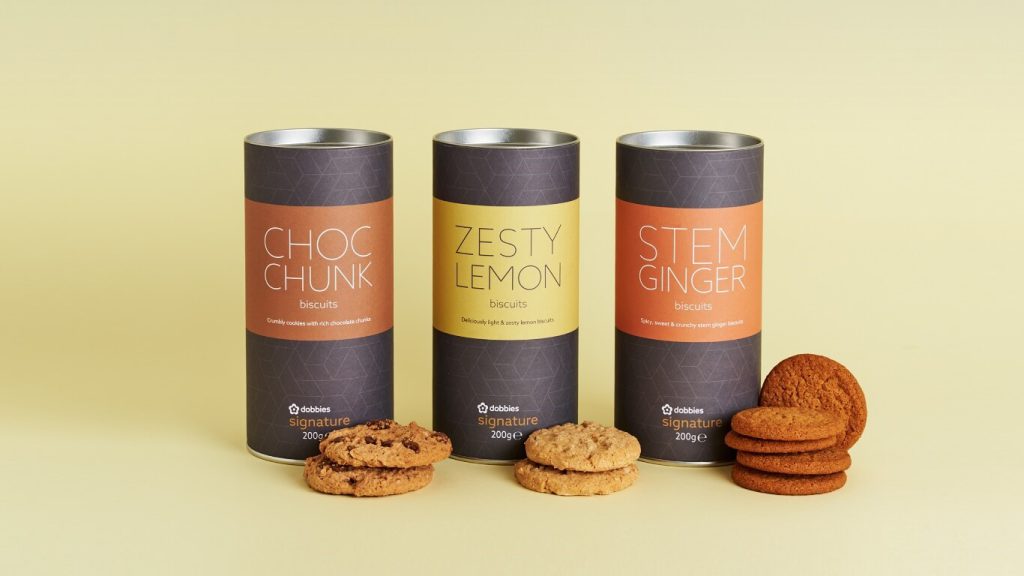
Types of tubes
Ultra-thin
When just a little product protection is needed from a container, our ultra-thin-walled transparent plastic tubes are an ideal choice for packaging because of their one-of-a-kind design and inexpensive cost. For our ultra-thin-wall transparent plastic tubes, we provide a broad choice of different closure options for you to choose from. There is a wide spectrum of hues to choose from when it comes to our poly plugs and vinyl caps, which come in both regular and hanging forms.
Thin walled
As an over-wrap (also called over-extrusion) and packaging improvement material, thin-walled plastic tubing is an excellent choice for usage in the food and beverage, cosmetic, personal care, and pharmaceutical sectors. Tubing with a thin wall may resist severe temperatures, providing an additional layer of safety for product packing.
Medium walled
Medium-wall tube packaging is sturdy and will give a substantially higher degree of security for the goods as well as shielding against damage while it is in transit thanks to the thicker wall it has.
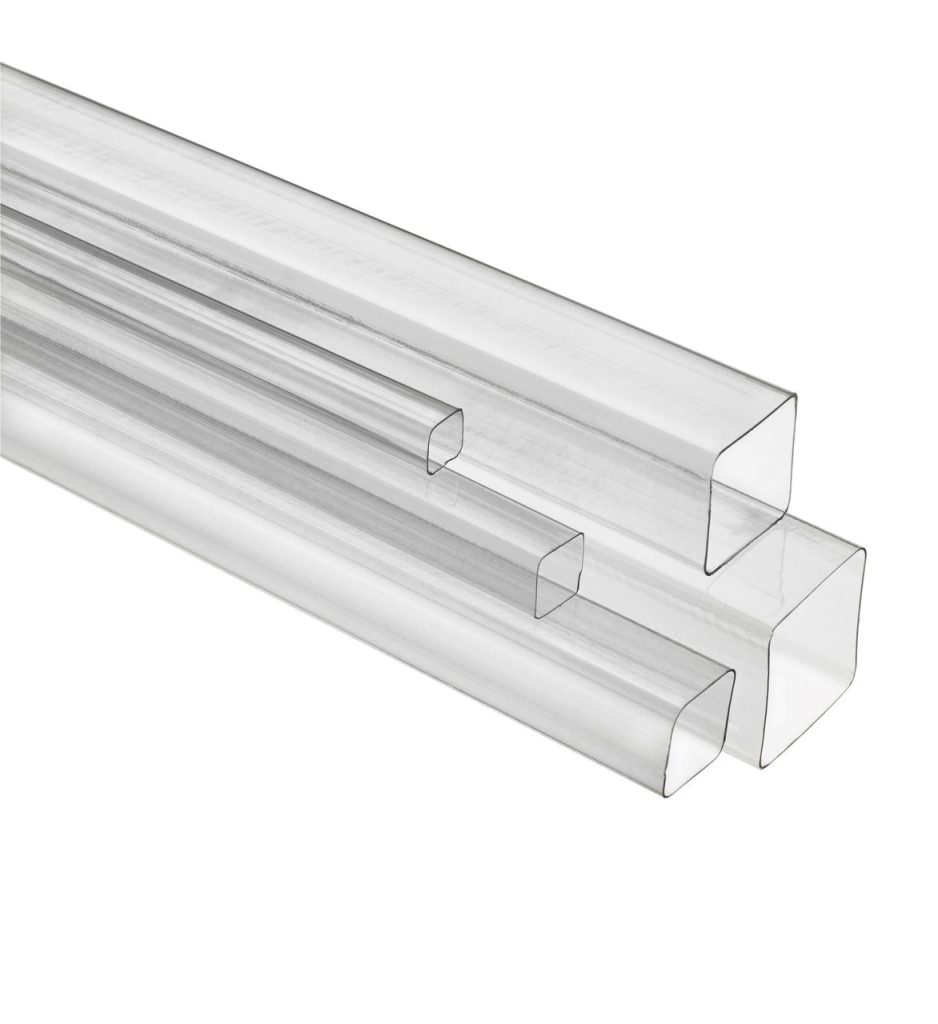
Heavy walled
The thick-walled transparent plastic tubes offered by Cleartec provide the requisite levels of clarity and durability for dealing with the packing of cutting instruments.
Vinyl caps, which are both long-lasting and aesthetically pleasing, are the recommended closure for our transparent plastic thick-wall tubes. The standard colours for these hats are red and black; however, we can also provide them in other colours if time allows.
Sealed bottom
The most typical shape for our plastic packaging tubes is round and sealed. Their design permits a view of the goods from all 360 degrees, and they are often used to preserve and show the contents of the package at the point of sale.

Mailing
Shipping tubes are cylinders made of cardboard that are often used for the shipping of papers and posters. When paper objects are transported in tube mailers, they are protected from being wrinkled, squashed, or ripped in the process.
A bigger mailing container, such as a box, would suffice, but they normally come at a higher cost, and there is a danger that they might damage the paper items you are sending.
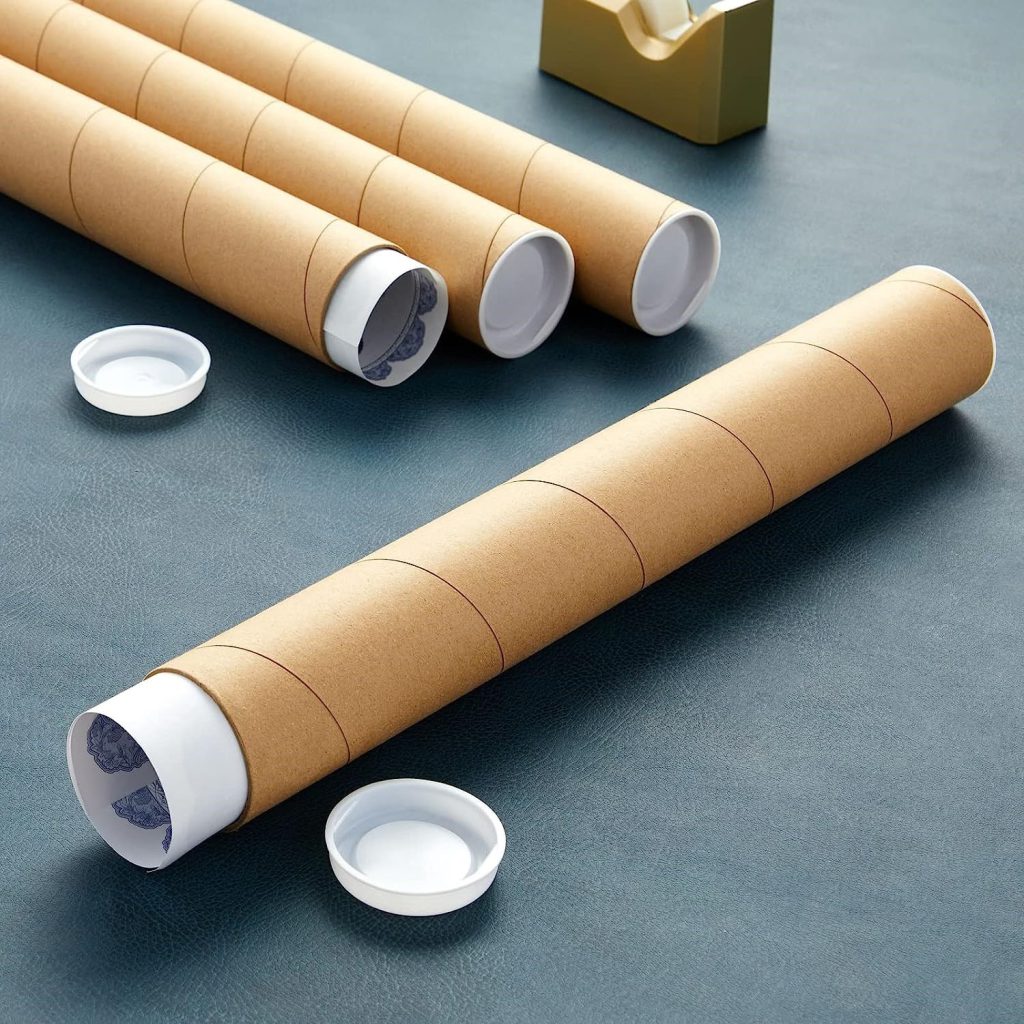
Hanging
The ready-to-hang convenience of tube packaging makes it ideal for retail use, but its durability also makes it suitable for use in industrial settings. The clever construction of this product includes a hanger tab that is built into the end of the box that is sealed. There is room for just one cap or plug! You decide the length, and we’ll make the product for you. Hang Tubes.
Closure kinds in tubes:
Screwing
A mechanical device known as a screw closure is one that can be screwed on and off of a container’s threaded “finish” in order to open and close the container. Continuous threads, also known as C-T threads or lugs, are often used. Metal caps may be prefabricated, or in certain cases, they can be rolled on after the application has been completed.
Plastic caps may be made from a variety of different moulded polymers. Some screw caps are composed of more than one element. For instance, the lid of a mason jar often has a rubber seal already attached to it, in addition to a separate threaded ring or band.
Flip-top
When it comes to customized tubes, the flip-top caps that are screwed into tubes are the most typical choice that APC Packaging provides for its customers to choose from. Because the cap may be flipped up, it is possible to entirely stop the flow of liquid from the tube.
Induction seals are still another possibility that might be used in the tube’s construction. Personalization and embellishment possibilities for tubes and the flip-top cap include, but are not limited to, hot stamping, in-mould colour, offset printing, silk screening, and other types of decorating.
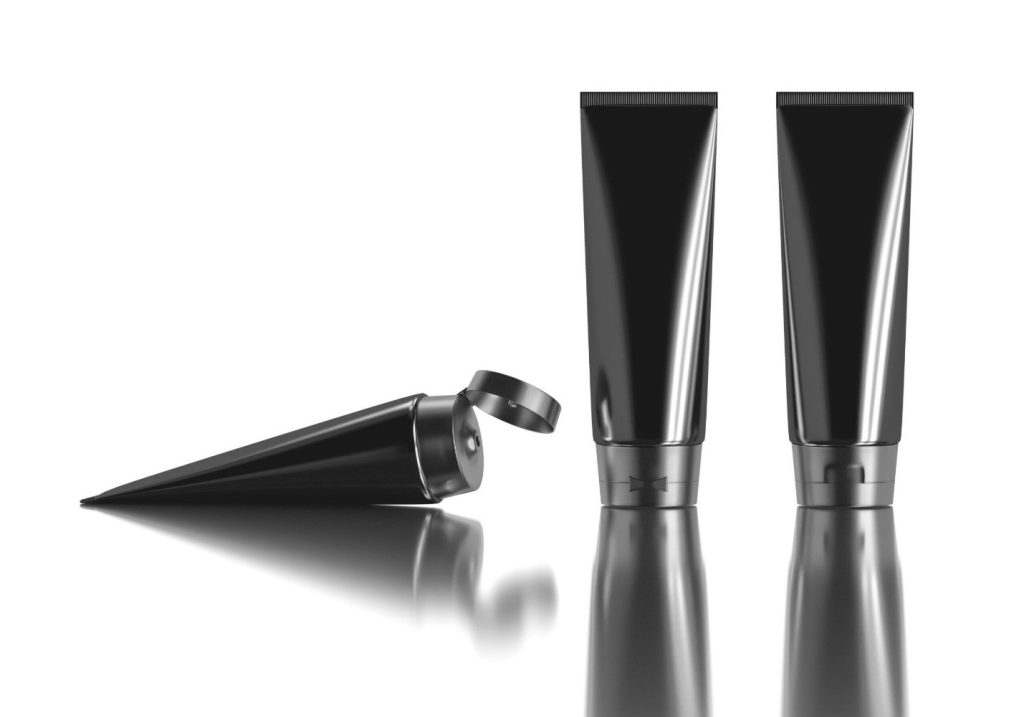
Hanging hook
Installing some hanging tubes that are made of transparent plastic is going to be the best solution for the issues that you are having with the display that is in front of your business. With the assistance of our flat, sealed hanging tubes, we are able to produce eye-catching displays that attract a lot of attention.
The consumer is able to view the product in its entirety while also preventing any harm to the item from occurring thanks to these displays. Our inner-fit poly plugs are the closures that are highly recommended for use with our clear plastic hanging tubes.
This is due to the convenience with which they can be placed as well as removed. If you are interested in purchasing these, click here. They are available in a variety of colours, the most common of which are natural, black, and red, in that particular order.
Plug top
Tube plugs from Cap lugs may be used to seal tubes and containers, ensuring that your items remain secure during the shipping, handling, and storage processes. Locate a selection of plugs for tube end plugging, including types that are both straight and tapered, in order to accommodate a broad range of requirements.
You may choose from a variety of colours for tube plugs, which can assist with merchandising and differentiate between comparable product lines for end customers.
Tube plugs are an excellent method for sealing packing in preparation for shipment or storage. Cap lugs provides a range of colour possibilities for customers who want their tube plugs to be a bespoke colour, in addition to the usual colour selections.
Cap lugs is the place to go to get the appropriate packaging and protection, and you can easily place your order online. Alternatively, you can get in touch with us right away to find out more about our possibilities in terms of custom design and colour.
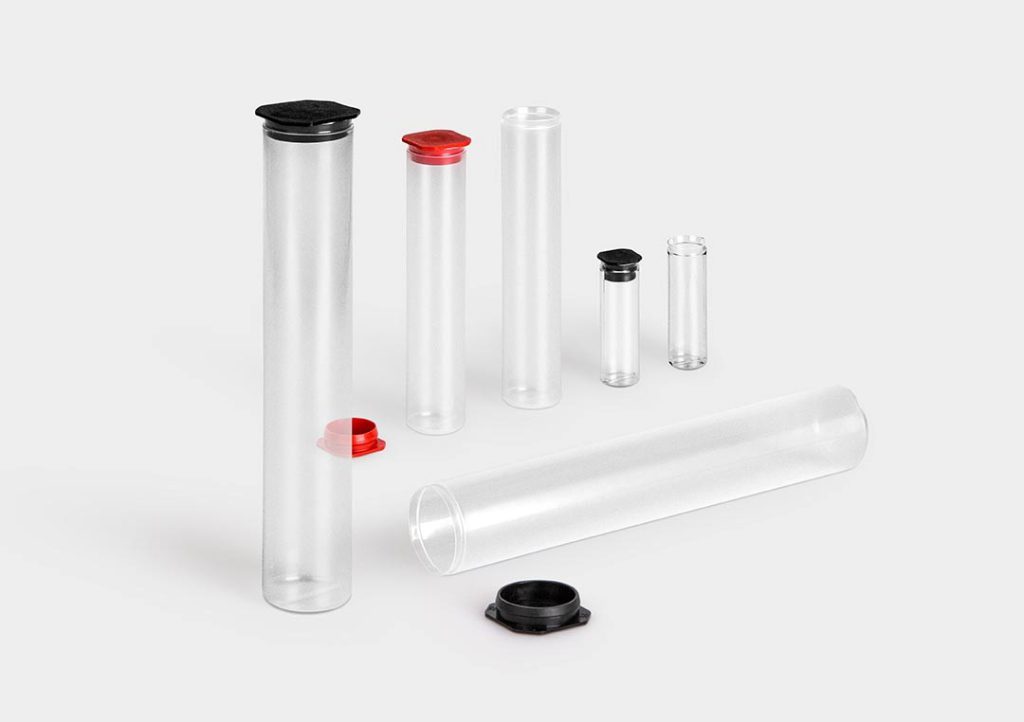
Clear tubes
VisiPak is the industry standard when it comes to the production of translucent plastic tubes for packaging. Our transparent plastic tubes are used in a wide variety of businesses around the world. The protection of products during assembly, storage, and shipping are all examples of industrial usage.
Spark plugs, feeder tubes, and tiny propane gas tanks are three examples of such items. Toys, cosmetics, candles, scents, shoelaces, and plant food are just a few of the products that are packaged in clear plastic tubes that are extensively used in the retail business. Clear plastic tubes are used for packaging in a wide variety of sectors, including confectionery and other food products.
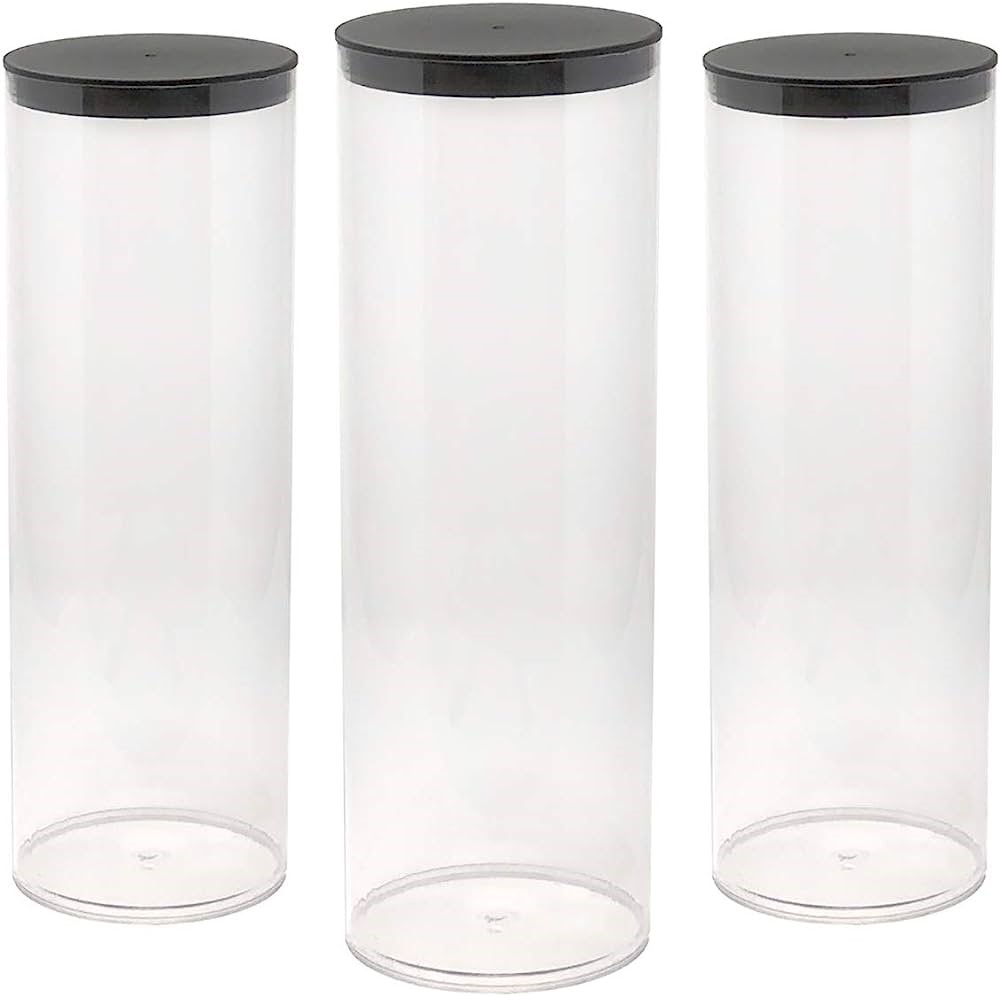
Opaque tubes
The contents of some goods, such as cosmetics, medications, and food items, may be degraded or spoiled if they are exposed to light, which is why opaque tubes are often used in packaging. They shield the contents from being exposed to light.
There are a variety of materials that may be used in the production of opaque tubes, including cardboard, plastic, and metal. In most cases, they are made to be long-lasting and resistant to impact, and they include a cap or closure that is meant to fit snugly so as to avoid leaking or contamination.
You may also put a company’s logo or product information on opaque tubes and use them for promotional or branding reasons. This can be accomplished via customized labelling or printing. In general, the use of opaque tubes in the packing process helps to maintain the product’s quality and freshness, in addition to creating a container that is both aesthetically pleasing and practical.
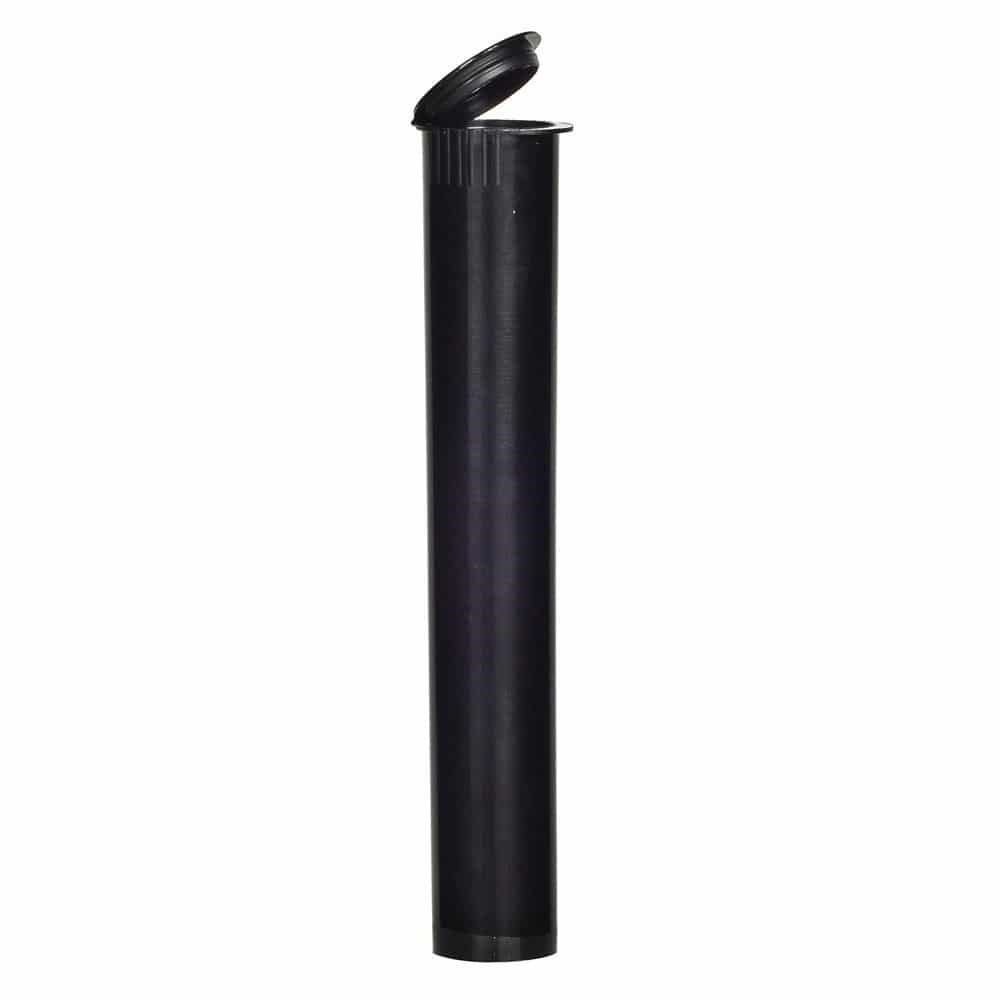
Repack tube with rigid cardboard
If you want to preserve the contents of a tube and offer extra rigidity and structure, repacking the tube with stiff cardboard might be an excellent method to do so.
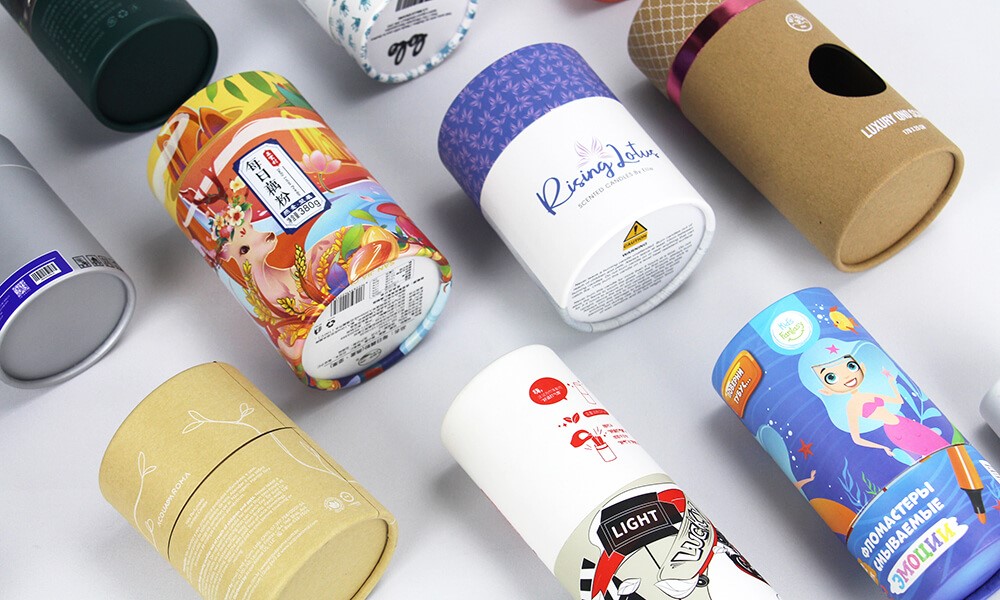
Conclusion
“Tube packaging” involves storing and shipping a range of commodities in cylindrical containers made of cardboard, plastic, or metal. Tubes include cosmetics, pharmaceuticals, food, and other consumer products. Popular packaging. Tube packing provides advantages over other container types. First, tubes are lightweight and durable, making them easy to transport.
Second, they are frequently airtight and waterproof, protecting the contents from moisture, air, and other external factors that might degrade the products. This matters since these factors may reduce the product’s value. Tube packaging may be branded, labelled, and printed in many ways.
Businesses may easily create unique packaging designs that showcase their brand and product information. Tube packaging is helpful, versatile, and cost-effective for packing many different things. Because of its durability, security, and customization, enterprises often choose it.
Extrusion is the first step in the manufacturing process that is performed. An extruder hopper receives a resin and colour concentrate combination that has been previously mixed together. To guarantee that the resin is properly melted as it passes through the extruder, the temperature is kept under control at all times. The material is forced through a series of size dies that are housed within a right angle cross section that is connected to the extruder before being extruded. The sleeve has been water-cooled at this phase, and it is now prepared to be cut. After being passed through a series of dies, the sleeve is next passed under a spinning knife, which cuts it to the specified length. The remaining steps of the manufacturing process may be completed in one of these three different ways.
When compared to more conventional packaging alternatives like glass jars and plastic bottles, tube packaging provides a number of advantages for consumers. In addition to being practical and adaptable, they are not only inexpensive but also good for the environment and provide protection for the active component.
Household products
Cosmetics
Toiletries
Gifts
Pharmaceuticals
Food products

